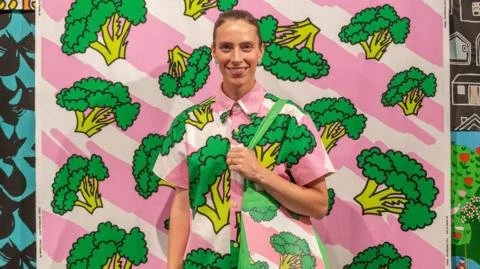Unleashing Creativity: How IKEA Became a Playground for Young Designers
Ingvar Kamprad, at just 17, launched IKEA in 1943, revolutionizing home furnishings with flat-packed goods that shoppers could assemble themselves. Over 80 years, this innovation transformed IKEA into a global retail giant, famed for its modernist designs and customer-centric approach, culminating in a dedicated museum in Almhult celebrating its heritage.
By the 1960s, Kamprad recognized a gap in textiles and colors, vital for home aesthetics, and enlisted talented young women in the textile industry. These young designers, unrestrained by conventionality, infused vibrant colors and innovative patterns into IKEA’s offerings. Notably, Bitten Hojmark and Inger Nilsson were pivotal in this evolution, introducing ground-breaking technology like the Natural Colour System, which scientifically classified colors, allowing IKEA to offer an expanded palette.
Despite their creativity, some designs, like the daring Randig Banan, were initially considered too bold and relegated to obscurity. However, what was once ‘hidden’ has often become iconic in retrospectives. For instance, Randig Banan was re-launched in 2013 and is now celebrated as one of IKEA’s most beloved fabrics, commemorated in the final wishes of its designer, Inez Svensson.
Young designer Ida Pettersson Preutz, influenced since childhood by these bold patterns, recalls falling in love with these designs and tries to replicate their playfulness in her own work, as seen in her vibrant broccoli motif created in 2014. Her design is part of the current exhibition at Dovecot Studios in Edinburgh, showcasing the revolutionary works of 10-gruppen, a collective that emerged in the 1970s, championing a shift from the floral motifs prevalent at the time.
Dovecot’s director, Celia Joicey, envisions a fruitful collaboration with IKEA Museum, emphasizing the importance of textile design as a democratic medium that connects art with everyday life. The IKEA: Magical Patterns exhibition runs until January 17, 2026, promising to highlight the ongoing legacy and impact of Swedish design, not just within the world of home goods but in a broader cultural context. This partnership aims to amplify how textiles from IKEA, once seen merely as affordable options, can also be appreciated as works of art.

